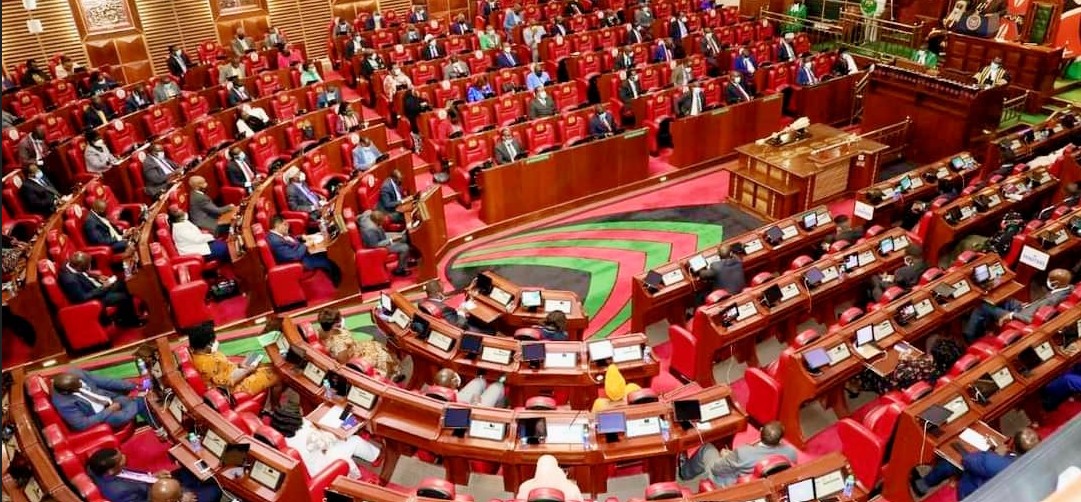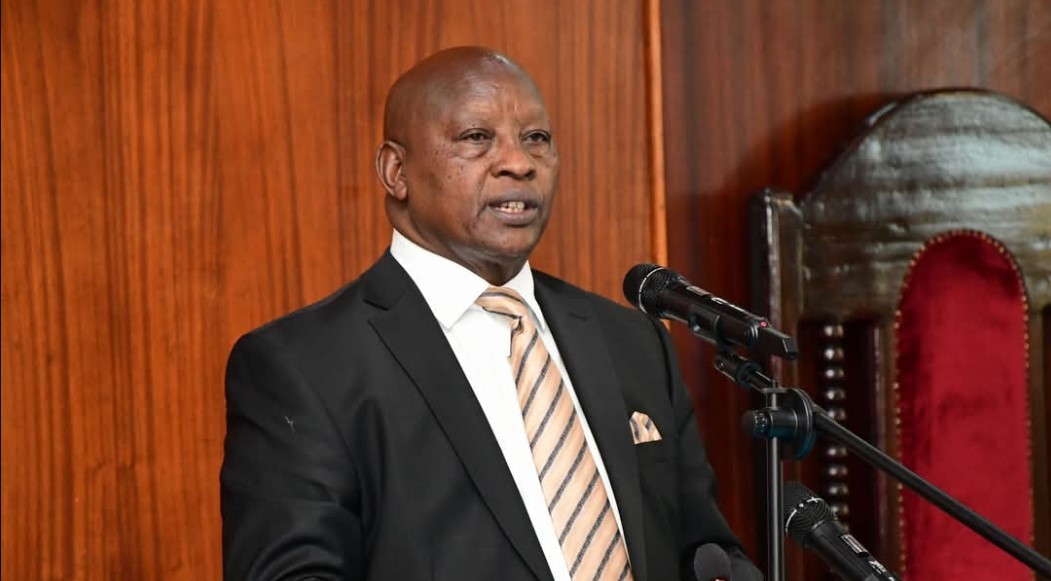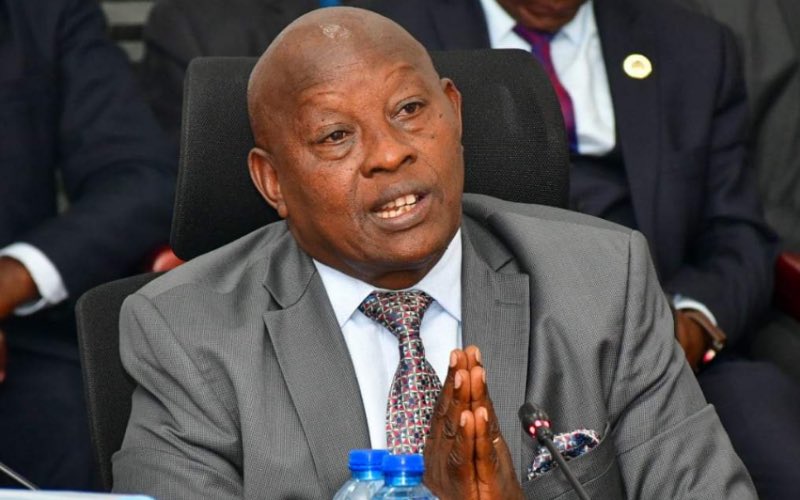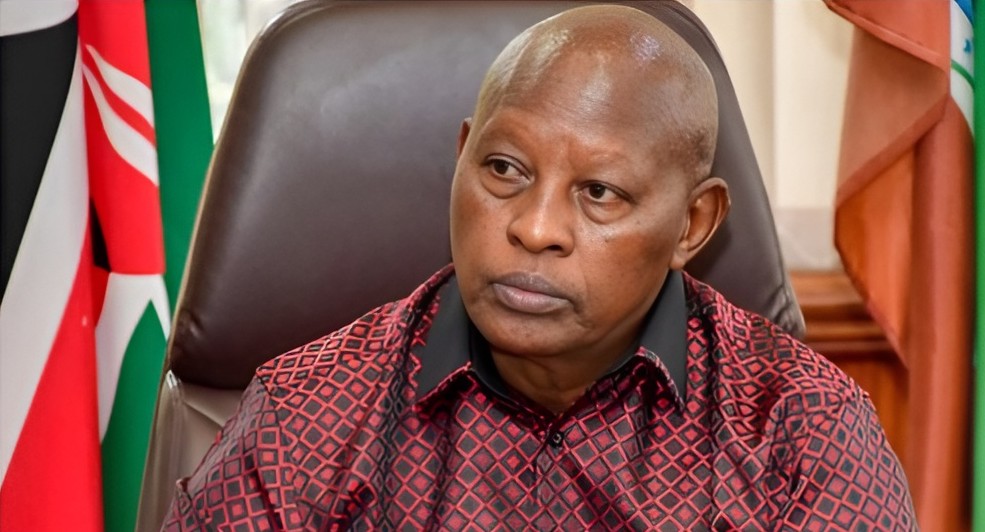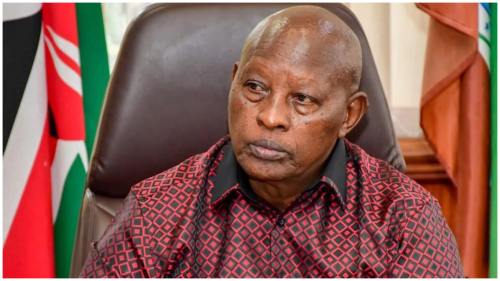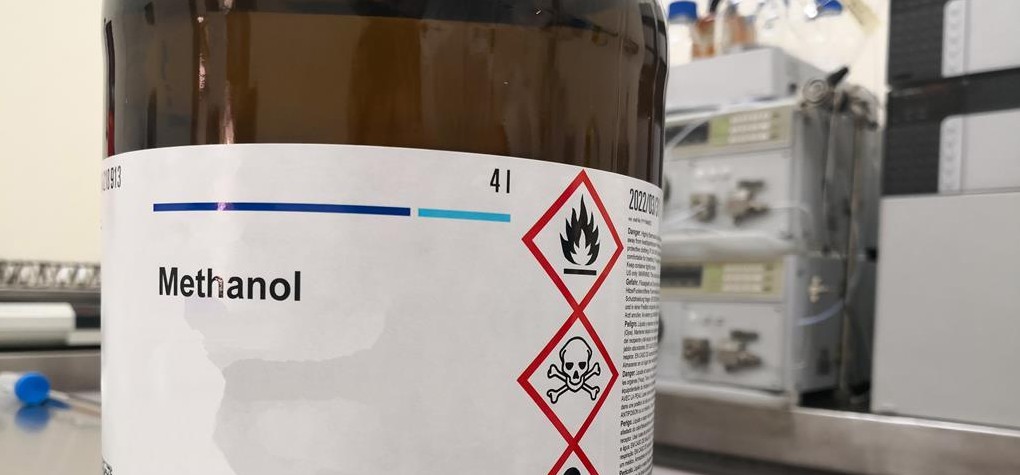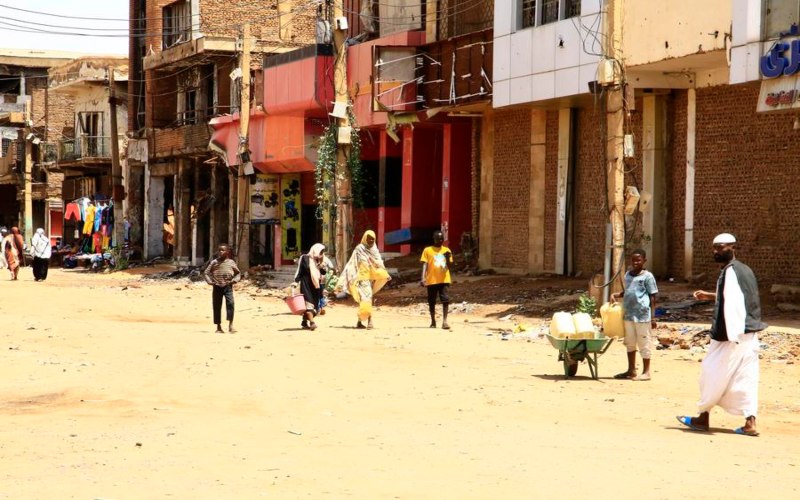Analysis: Kenyan shilling marks first year-on-year gain in four years in 2024
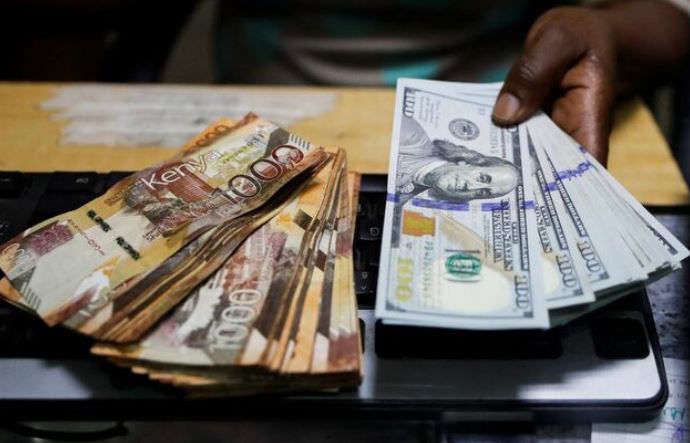
As Kenya moves to 2025, the recovery of the shilling remains a key indicator of the country's economic health.
The Kenyan shilling recorded its first year-on-year gain in four years in the year 2024, as it marked a positive performance against the US dollar.
The year-on-year analysis shows the local currency weakened in the past three years: 2023, 2022 and 2021 by 26.8 per cent, 9.0 per cent and 3.6 per cent, respectively.
More To Read
- Top 10 largest African economies in 2025 by Gross Domestic Product (GDP)
- Low loan uptake threatens agricultural innovation in Africa - CBK survey
- Construction sector seen as Kenya’s weakest job creator in 2025, CBK survey shows
- Auditor General flags CBK for hiring unqualified managers, ignoring HR Policies
- CBK under fire for withholding Sh3 billion in upfront agency fees, auditor-general says practice breaches law
- IMF revises Kenya’s 2025 growth forecast upward to 4.8 per cent
This negative trajectory culminated in early 2024, when the shilling was at its weakest, standing at an all-time low of 161 to the dollar.
However, starting in February 2024, the shilling began to show signs of recovery with the currency strengthening by 17.4 per cent year-to-date.
The shift comes after a prolonged period of decline that began in early 2020 when the local currency started weakening against the global benchmark.
For much of the last three years, the shilling faced consistent pressure, signalling a significant blow to the currency.
The downturn in the shilling's value from 2020 onwards saw it struggle to maintain stability, which had a knock-on effect on households due to rising commodity prices.
This as the country remains a net importer.
Ideally, when the local currency weakens against the greenback, importers in the country spend much more while using their shillings to purchase the dollars for imports, and eventually pass down the burden to consumers.
For instance, early this year when the shilling weakened to about 161 against the dollar, it meant importers were spending as much as Sh161 to buy a single dollar for their imports.
Currently, with the shilling exchanging at an average of 129, it means importers are spending about Sh30 less than what they used to spend to purchase a single dollar when the shilling was at its lowest.
The turnaround early this year was largely attributed to the successful settlement of the inaugural $2 billion (Sh258 billion) buyback plan. The government paid back $1.5 billion (Sh193.8 billion)in February, boosting investor confidence.
The gain was seen as a welcome shift for the Kenyan economy. It reflected the stabilisation of the currency and a positive sentiment among investors, providing much-needed relief to businesses facing import challenges and high foreign exchange costs.
As Kenya moves to 2025, the recovery of the shilling remains a key indicator of the country's economic health.
Glimmer of hope
While challenges still lie ahead, the significant improvement in the currency's performance offers a glimmer of hope for the local economy and the everyday Kenyan, who has felt the impact of the currency's prolonged weakness in recent years.
This is as more Kenyans and small businesses hope for a better 2025 characterised by the reduced burden of doing business and the general cost of living.
A recent market survey by the Central Bank of Kenya (CBK) covering the bank and nonbank private sector shows that a majority of respondents expressed sustained optimism about Kenya's economic prospects for the next 12 months.
About 80 per cent of the respondents cited that the key macroeconomic variables are well aligned to growth in 2025.
However, 88 per cent of them noted that the main risks to this optimism are high taxation, which has strained household budgets, reducing demand and economic activity, and 50 per cent of respondents were concerned about the elevated public debt and austerity measures by the government.
Top Stories Today



